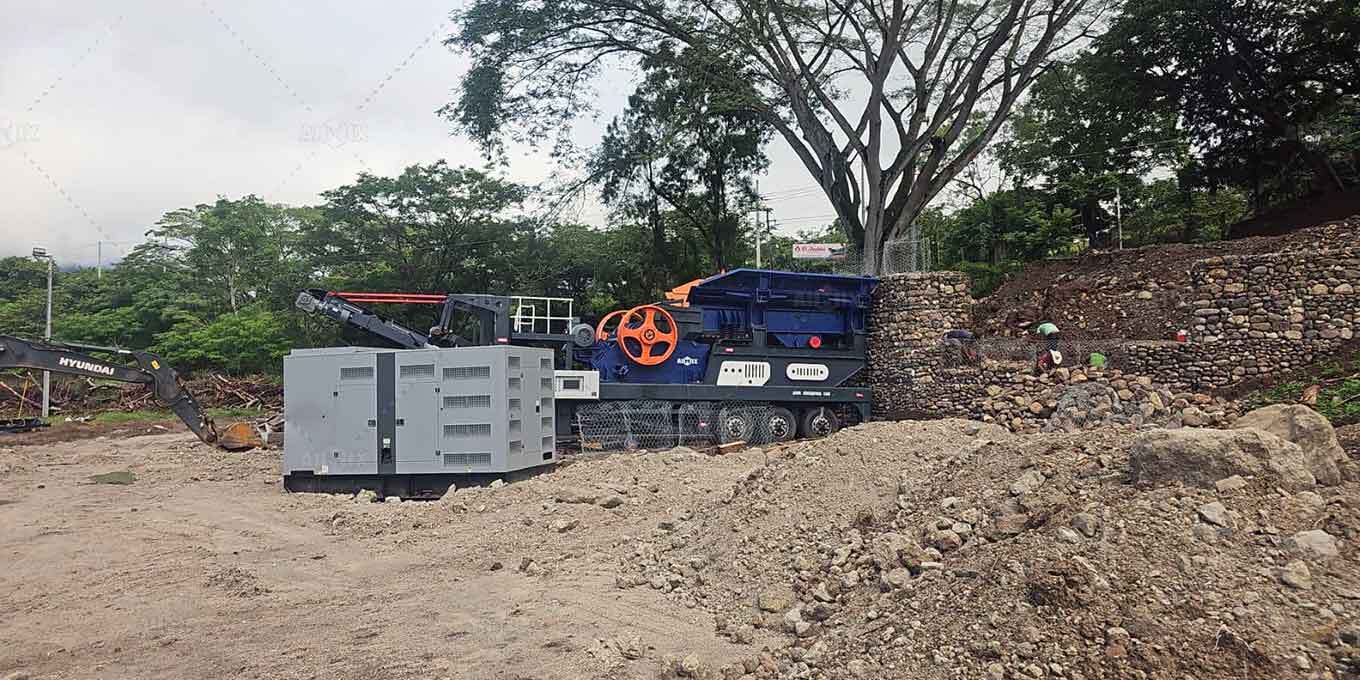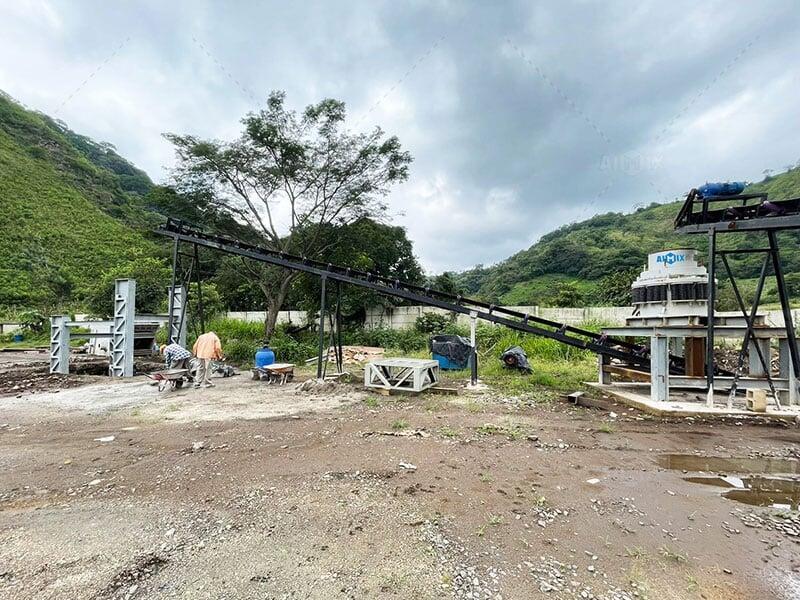The strategic placement of crushing equipment represents one of the most consequential decisions in quarry operations, with implications that extend across operational efficiency, environmental compliance, and economic viability. Locating limestone crushers proximate to extraction sites offers numerous advantages that sophisticated operators leverage to enhance their competitive positioning. This proximity strategy requires careful consideration of multiple factors to maximize benefits while mitigating potential challenges associated with siting industrial equipment within active mining environments.
The rationale for positioning crushers near the quarry face extends beyond mere convenience, encompassing profound implications for energy consumption, material handling efficiency, and environmental management. By processing material at its source, operations can dramatically reduce the double-handling that characterizes traditional approaches where material is transported significant distances before processing. This operational philosophy aligns with modern principles of sustainable resource extraction while delivering tangible economic benefits through reduced fuel consumption and equipment requirements.

Logistical Advantages and Operational Efficiency
The transportation of unprocessed limestone represents a significant cost center in quarry operations. Each ton of raw material moved from extraction point to processing plant consumes fuel, generates equipment wear, and requires valuable labor resources. By positioning stone crushers near the quarry face, operations can reduce haul distances by 60-80%, creating immediate savings in fuel consumption and equipment maintenance costs. The reduced cycle times for haul trucks further enhances productivity by allowing more trips per shift.
Crushing at source enables more efficient material flow management. Operators can coordinate extraction and processing in real time, adjusting crusher feed rates based on excavation progress and material characteristics. This integrated approach minimizes stockpiling of raw material and reduces the spatial footprint required for operations. The proximity also allows for quicker response to changing geological conditions, as crusher settings can be adjusted immediately when variations in limestone hardness or abrasiveness are encountered during excavation.
Environmental Considerations and Community Impact
Locating crushers within quarry boundaries significantly reduces the environmental footprint of operations. Containing dust and noise emissions within the already-disturbed quarry area minimizes impact on surrounding communities and ecosystems. Modern crushers equipped with advanced dust suppression systems can operate within strict environmental standards when properly positioned to leverage natural topography as sound and dust barriers.
Water management becomes more straightforward when processing occurs within the quarry perimeter. Runoff from crushing operations can be contained within the site's water management system, preventing contamination of external waterways. The consolidated operation also reduces overall traffic movements on public roads, decreasing community disruption and enhancing safety. These considerations are increasingly important for maintaining social license to operate and complying with tightening environmental regulations.

Technical Considerations and Infrastructure Requirements
Successful implementation of near-quarry crushing requires careful assessment of geological stability and space availability. Crusher foundations demand stable substrate capable of supporting substantial dynamic loads, which may require geotechnical investigation and specialized foundation design. Adequate space must be available not only for the quarry crusher itself but for ancillary equipment, maintenance access, and safety zones.
Power supply and accessibility present additional considerations. While electric crushers offer environmental advantages, they require robust power infrastructure that may need upgrading if extended to the quarry face. Diesel-powered units provide mobility but require fuel storage and handling protocols. Access roads must accommodate both the initial installation of heavy equipment and ongoing maintenance requirements, including crane access for component replacement.
The decision to position crushers near quarry faces involves balancing these numerous factors against the operational benefits. When implemented with careful planning and appropriate investment in infrastructure, this approach delivers substantial advantages that enhance both profitability and sustainability. The most successful operations view crusher placement not as an isolated decision but as an integral component of their overall operational strategy, continuously optimizing the relationship between extraction and processing to maximize value throughout the operation's lifecycle.

